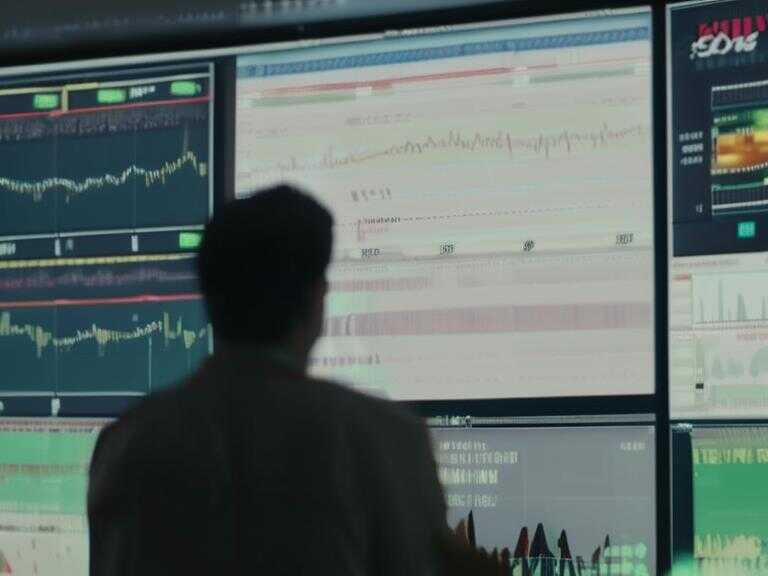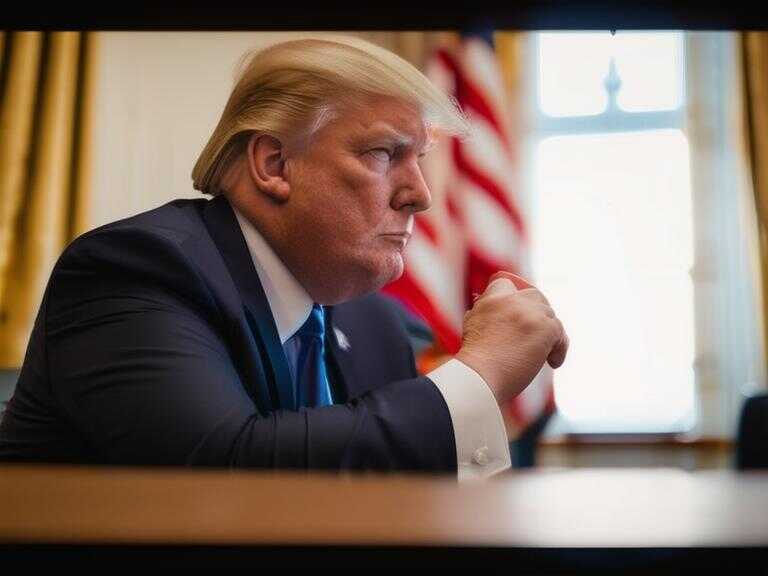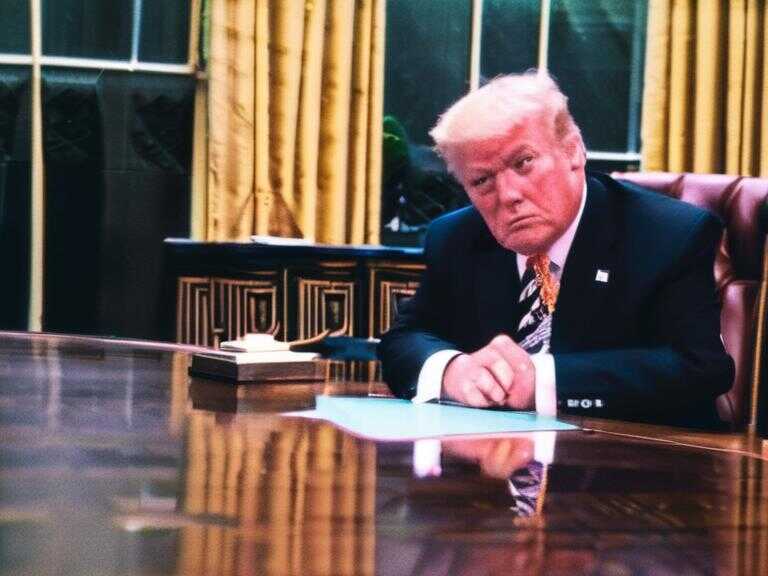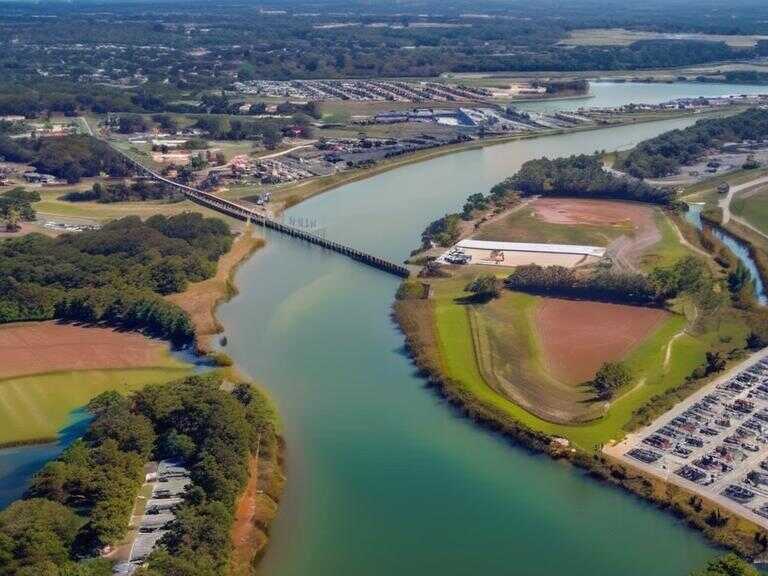
India's Economic Future Under Modi's Coalition: Key Trends and Challenges Ahead
Modi's coalition governs amid economic challenges and political setbacks, needing consensus-building, infrastructure investment, and job creation to drive growth and foreign investment.

As Prime Minister Narendra Modi and his Bharatiya Janata Party-led alliance begin their third consecutive term in office, the focus is on maintaining economic momentum and improving the lives of millions. With confidence in the BJP waning and the need for consensus building, the new government's priorities and challenges come into sharp focus.
Infrastructure Push and Economic Projections
India has seen a massive infrastructure drive under Modi's leadership, with a significant emphasis on modernizing highways, railways, and airports. Analysts predict that the government will continue to prioritize infrastructure development to stimulate economic growth.
Last year, consultancy firm EY projected that India's economy will reach $26 trillion by 2047, highlighting the crucial role of infrastructure in achieving this milestone. The interim budget in February estimated an 11.1% rise in capital expenditure to 11.11 trillion Indian rupees ($133.9 billion) by 2025, primarily targeting railway and airport construction.
Challenges in Infrastructure Development
While the focus on physical infrastructure is clear, experts emphasize the need for structural reforms and unlocking land for setting up factories. However, the government might face obstacles in land acquisition, given Modi's weakened position and the influence of state-level parties within the coalition.
Modi has pushed for India to become self-reliant and emerge as a major manufacturing hub, particularly in chip manufacturing. The country has attracted investments from U.S. tech giants like Apple and Google, signaling a growing interest in India's manufacturing capabilities.
Projections indicate that India's semiconductor industry could witness a three-fold growth, reaching $64 billion by 2026, presenting a significant opportunity for economic growth and job creation.
Tackling Unemployment and Skills Mismatch
Unemployment remains a pressing issue in India, exacerbated by a mismatch in skills and employer demands. The unemployment rate rose to 8.1% in April, prompting concerns about job availability and skill development.
Analysts highlight the need for the new government to focus on improving local education standards and providing skills-based training to ensure widespread and equitable employment opportunities. Additionally, enhancing the employment of women is seen as pivotal for driving India's growth.
Foreign Investments and Market Projections
Foreign direct investments (FDI) will play a critical role in driving India's economic growth. While FDI inflows were soft last year due to a challenging private equity funding environment, analysts anticipate increased U.S. investments as interest rates soften.
The National Stock Exchange of India boasts a total market capitalization of $4.9 trillion, with projections indicating growth to $40 trillion in the next two decades. Benchmark indexes Nifty 50 and the Sensex have exhibited strong performance this year, reflecting positive market sentiment.
Investors are advised to closely monitor India's banking sector, which has undergone significant improvements in growth and capital allocation practices. The sector's stability and health present appealing opportunities for investment.
Outlook for India's Economic Trajectory
As the new government sets its priorities, the focus on infrastructure, manufacturing, employment, and foreign investments will shape India's economic trajectory under Modi's leadership. Overcoming challenges and seizing opportunities will be instrumental in realizing the vision of a developed Indian economy by 2047.
Share news















